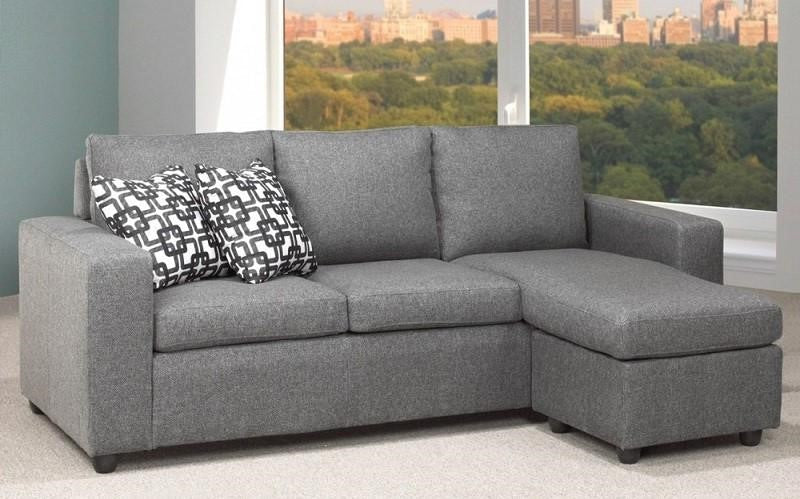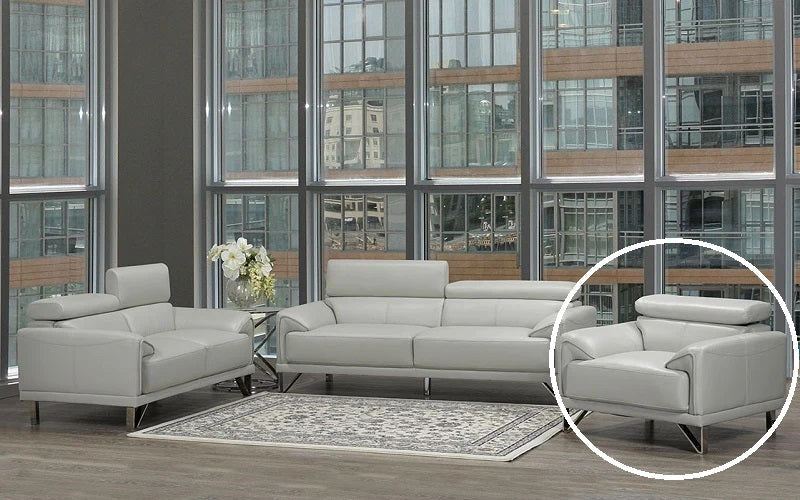Wooden Furniture Quality Assessment Guide

Wooden furniture embodies elegance and timelessness, adding sophistication to any space. However, not all wooden furniture is created equal. Assessing the quality of wooden furniture requires a keen eye and an understanding of the various factors contributing to its durability, aesthetic appeal, and overall value. This guide will provide a comprehensive overview of the critical aspects to consider when evaluating wooden furniture. This will ensure you decide whether you should purchase it for your home, office, or other environment.
Wood types
Furniture quality is affected by its wood type. Wood is categorized into three types: hardwood, softwood, and engineered wood.
Hardwood
Hardwoods like oak, maple, cherry, and walnut are deciduous trees. These woods are denser, more durable, and typically more expensive. They are renowned for their strength and longevity, making them ideal for high-quality furniture. Hardwood furniture often features intricate grain patterns and is beautifully crafted.
Softwood
Softwoods come from coniferous trees like pine, cedar, and fir. While they are generally cheaper than hardwoods, they are also less durable. Softwoods are prone to dents and scratches, making them unsuitable for high-traffic areas or pieces that see heavy use.
Engineered wood
Engineered wood includes plywood, particleboard, and MDF (medium-density fiberboard). It is manufactured by combining wood fibers, particles, or veneers with adhesives. Engineered wood can be quite durable and cost-effective, but lacks solid wood's aesthetic appeal and longevity.
Construction quality
Wooden furniture's construction quality determines its durability and functionality. Here are some key construction aspects to look out for:
Joints
High-quality furniture uses sturdy joints such as dovetail, mortise-and-tenon, or dowel joints. These types of joints provide strength and stability without nails or screws. Avoid furniture with joints held together solely by staples or visible nails, as these are indicators of low-quality construction.
Screws and fasteners
If screws and fasteners are used, they should be of high quality and appropriately placed. Check that screws are countersunk and plugged and that fasteners are not visible from the outside of the furniture.
Reinforcement
Look for reinforcement at stress points. Corner blocks and braces add strength and stability to furniture, particularly pieces that bear weight, like chairs and tables.
Finishing
Finishing wooden furniture enhances its appearance and protects wood from damage. High-quality finishes are smooth, even, and blemish-free. Consider the following aspects when evaluating the finish:
Sanding
The wood should be sanded smoothly, with no rough spots or splinters. Run your hand over the surface to check for a uniform texture.
Staining
If the furniture is stained, the colour should be consistent and even. Uneven staining can indicate poor finishing quality.
Topcoat
A high-quality topcoat, such as lacquer, polyurethane, or varnish, protects wood from moisture, scratches, and other damage. The coat should be clear and even, providing a smooth, durable surface.
Functional design
Furniture design should be aesthetically pleasing and functional. Pay attention to the following elements:
Proportions and Balance
Well-designed furniture has balanced proportions and symmetry. Check that drawers and doors align correctly and that the piece stands level on the floor.
Comfort
Comfort is paramount when choosing seating furniture. Sit on chairs and sofas to ensure adequate support and comfort. Check that the armrests and seats are at a comfortable height and angle.
Usability
Furniture should be easy to use. Drawers should glide smoothly, doors open and close effortlessly, and shelves should be sturdy and well-supported.
Manufacturer reputation
The manufacturer or brand reputation can provide valuable insights into wooden furniture quality. Established manufacturers with a history of producing high-quality furniture are often a safer bet. Look for reviews, ask for recommendations, and check for any certifications or awards that attest to furniture quality.
Considerations of sustainability and ethics
In today's environmentally conscious market, furniture wood sustainability is crucial. Look for responsibly sourced wood furniture certified by organizations such as the Forest Stewardship Council (FSC). Additionally, consider the manufacturer's ethical practices, including fair labour practices and environmentally friendly production methods.
Final thoughts
Assessing wooden furniture quality involves carefully examining the type of wood, construction quality, finish, functional design, manufacturer reputation, and sustainability. By paying attention to these factors, you can ensure that the furniture you choose will enhance your space's aesthetic appeal. It will also provide durability and functionality for years to come. Whether investing in a classic hardwood piece or a cost-effective engineered wood item, making an informed decision will help you achieve the right balance of beauty, durability, and value in your wooden furniture.
Remember, quality wooden furniture is an investment. Taking the time to assess each piece thoroughly will pay off in the long run. You will have furniture that stands the test of time and adds lasting value to your home or office.




